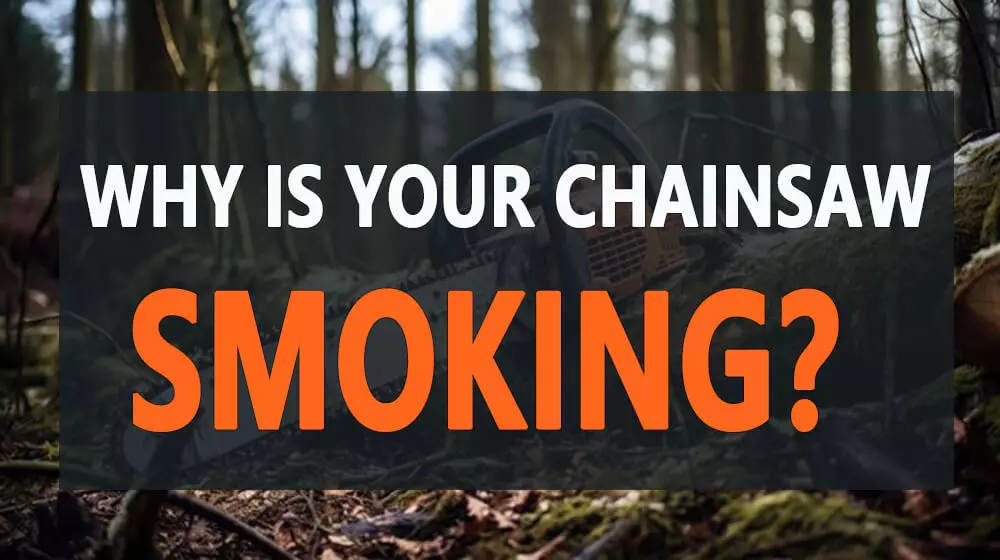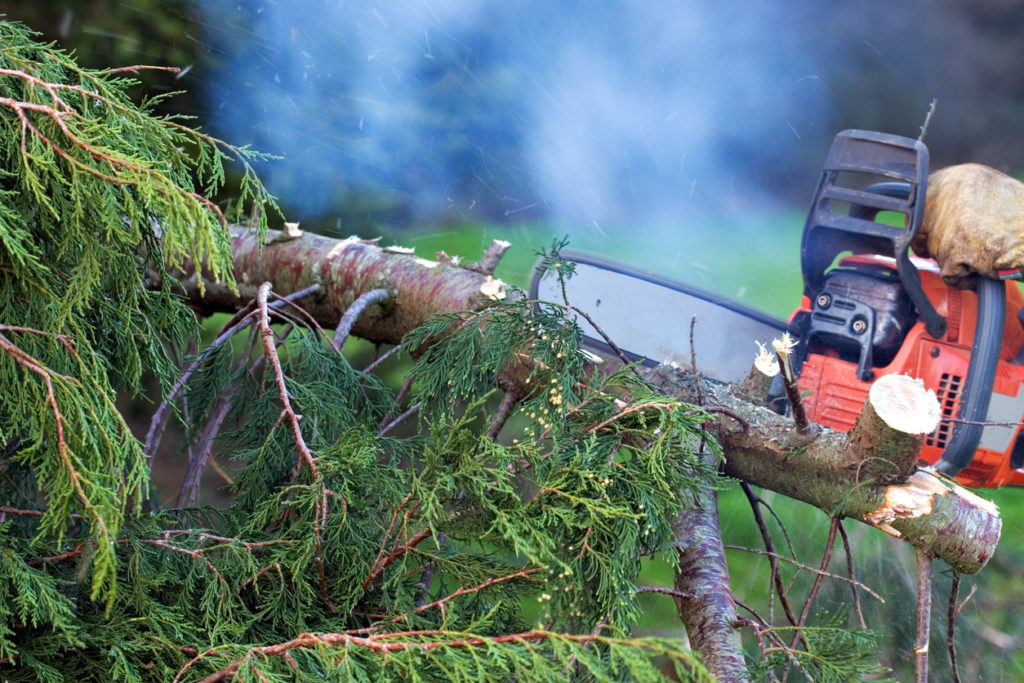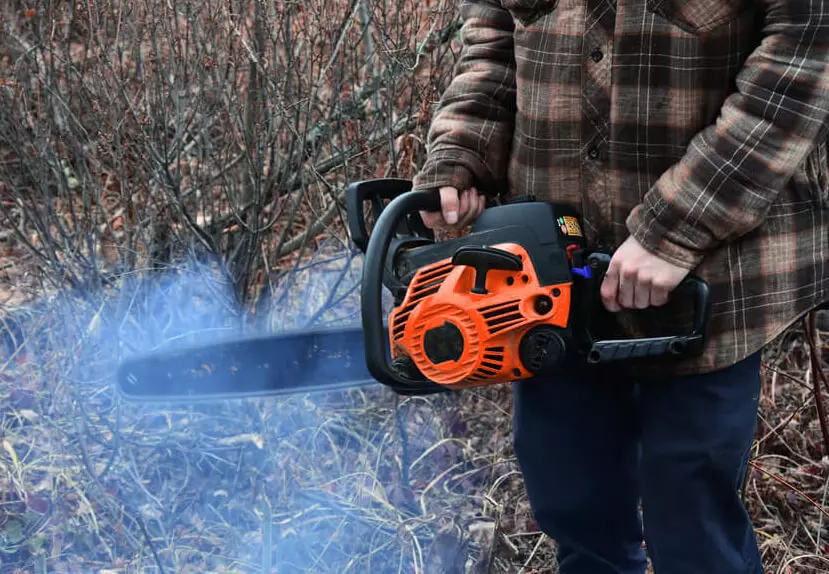14Dec 2024
table of contents

When your chainsaw happen smoking, it's not just an annoyance. This issue can signal major mechanical failures that threaten safety and reduce chainsaw's lifespan. It's crucial to fix these problems quickly to avoid risks and preserve performance. Common reasons for chainsaw smoking are oil leaks, wrong fuel mix and blocked air filters, all of which can cause further damage if neglected.
This article by BISON will delve into each of these issues, providing detailed explanations and solutions to get your chain saw running cleanly and safely again. By understanding causes and learning how to handle them, you can not only improve efficiency of chainsaw, but also ensure a safer operating environment. Read on to learn how to effectively diagnose and fix smoking problems.
Chainsaw smoke can serve as an important diagnostic tool, and here are some of the types:
The presence of blue smoke usually indicates that oil is burning in the engine.
Although less common in chainsaws, white smoke can indicate a problem with the coolant, which is mainly related to larger models or specific engines.
Dark smoke means unburnt fuel. Too much fuel, not enough air. Combustion is incomplete.
Knowing these smoke indicators can help diagnose and solve potential problems.
Not using the correct oil-fuel ratio. Follow the manual to ensure you mix in the correct ratio.
Excessive chain oiling can cause blue smoke, and signs of over-oiling include oil splattering and greasy chain rods. Check and adjust chain oiler settings according to manufacturer's instructions.
A blocked oil filter or port may limit oil flow, leading to overheating and smoke. Regularly inspect and clean these components using a brush or compressed air to avoid blockages.
The oil pump maintains adequate lubrication for the chainsaw chain and linkage. If worn, it cannot supply enough oil, resulting in smoke. Symptoms include reduced oil output and unusual noises. The pump might require replacement.

A too-rich fuel mix can lead to black smoke and poor combustion. Measure and mix fuel carefully, sticking to advised ratios to prevent an overload of fuel.
The choke restricts airflow to enrich the fuel mixture at startup. A stuck choke can make the mixture too rich, which can create smoke. Make sure the choke moves freely and disengages after the engine starts.
A grimy or improperly adjusted carburetor can disrupt air-fuel mixture. This can cause smoke and poor performance. Cleaning and tuning are essential; get professional help for calibration if necessary.
A clogged air filter can restrict air intake, causing rich mixture and black smoke. The filter needs to be cleaned or replaced to maintain proper airflow and efficient combustion.
Limited air circulation may lead to overheating and smoke. Ensure vents are debris-free and allow enough air around the engine.
Extended usage and inadequate cooling may lead to overheating. Allow time for the engine to cool between heavy tasks and ensure proper ventilation.
An incorrect idle speed setting can affect performance. If excessive smoke is emitted from exhaust pipe while chainsaw is idling, consider adjusting the idle speed, as it might be set too high.
The chain is too tight or improperly installed: This can cause excessive friction and smoke. Recheck the tension and installation.
The type of chain is not suitable for the type of wood: Make sure the chain matches the wood for optimal performance.
The lubrication hole in the bar is blocked: Clear the blockage to ensure proper oil flow.
The gauge depth is not set correctly: Adjust for the specific wood type to prevent strain and smoke.
The chain is dull or not properly sharpened: A dull chain increases friction and heat. Sharpen it regularly to maintain efficiency.

In summary, preventing chainsaw smoke requires a combination of regular maintenance, proper storage, and the right fuel mixture. Resolving the problem promptly will ensure optimal performance and life of the chainsaw.
inquiry form here
BISON BLOG, All the latest news and views from Bison Machinery.
Related Articles
Everything you need to know about plate compactor Open Frame vs Closed Frame Generators: What's the Difference? Generator Backfires Trowel machines: Introduction, types, working mechanism and buying guide how to clean a concrete mixerRelated Products